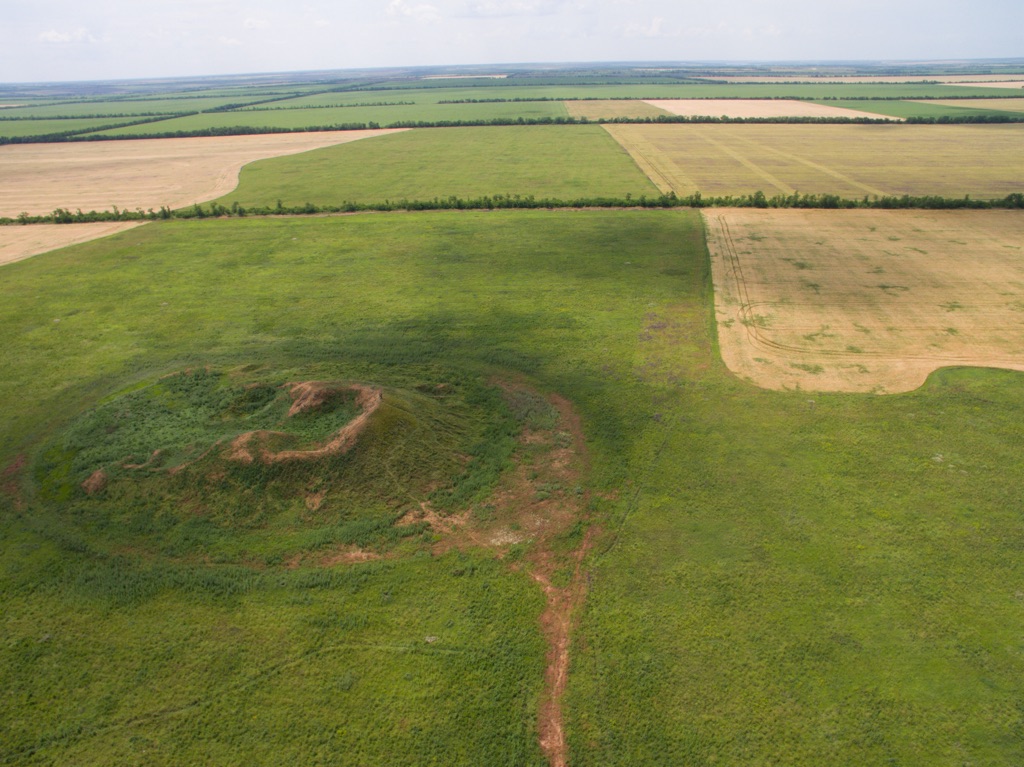The Solokha Kurgan is a Scythian burial mound located in the Zaporizhia Oblast of Ukraine. Discovered in 1912, it is one of the largest and most significant Scythian burial mounds. The kurgan dates back to the 4th century BC and is renowned for the exquisite artifacts and the well-preserved condition of the tomb found within. It provides valuable insights into the life, culture, and burial practices of the Scythian civilization, a group of nomadic warriors who roamed the Eurasian steppes.
Get your dose of History via Email
Historical Background of Solokha Kurgan
The Solokha Kurgan was unearthed in 1912 by Russian archaeologist Vasily Gorodtsov. The discovery was monumental, revealing a wealth of Scythian artifacts. The Scythians, known for their skilled horsemanship and warfare, built this kurgan. They inhabited the steppes of Eurasia from the 7th to the 3rd century BC. The Solokha Kurgan stands out for its size and the richness of the burial goods found within.
Who exactly was buried in the kurgan remains a subject of debate. However, the opulence of the grave goods suggests a person of high status, possibly a Scythian king or noble. Over time, the site did not see further habitation, preserving its contents for millennia. The kurgan has not been linked to any specific historical events but offers a snapshot of Scythian life and death.
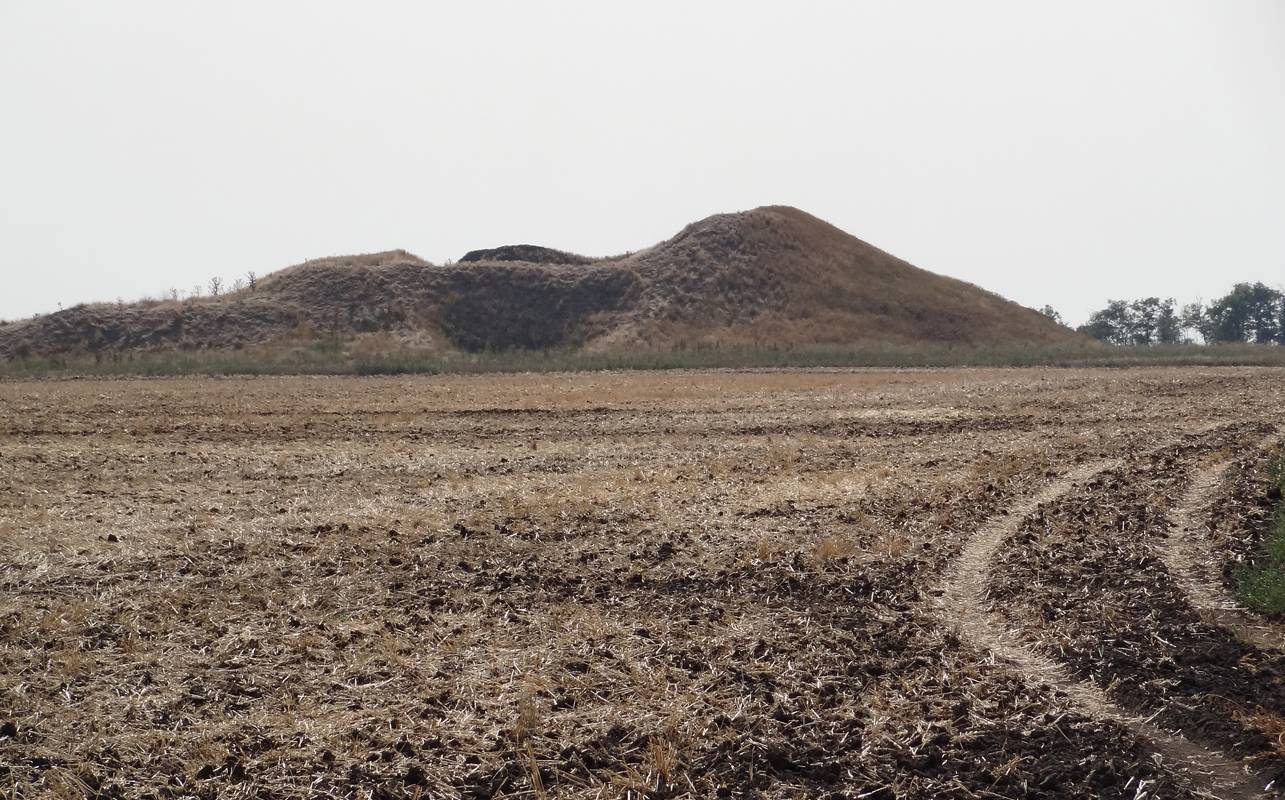
The kurgan’s discovery was a breakthrough in Scythian archaeology. It provided unprecedented access to their material culture. The artifacts found, including gold jewelry, weapons, and ornate decorations, are masterpieces of Scythian art. They reflect a society that valued craftsmanship and had extensive trade networks.
Despite its initial excavation, the Solokha Kurgan has not been the subject of significant subsequent digs. This has preserved the site for future research. The kurgan’s contents are now housed in various museums, including the Hermitage Museum in St. Petersburg, Russia. They continue to be a source of fascination and study for historians and archaeologists alike.
The Solokha Kurgan’s discovery has had a lasting impact on our understanding of the Scythians. It has provided a tangible connection to a civilization that left no written records. The kurgan remains a key site for those interested in the Iron Age and the nomadic cultures of the Eurasian steppes.
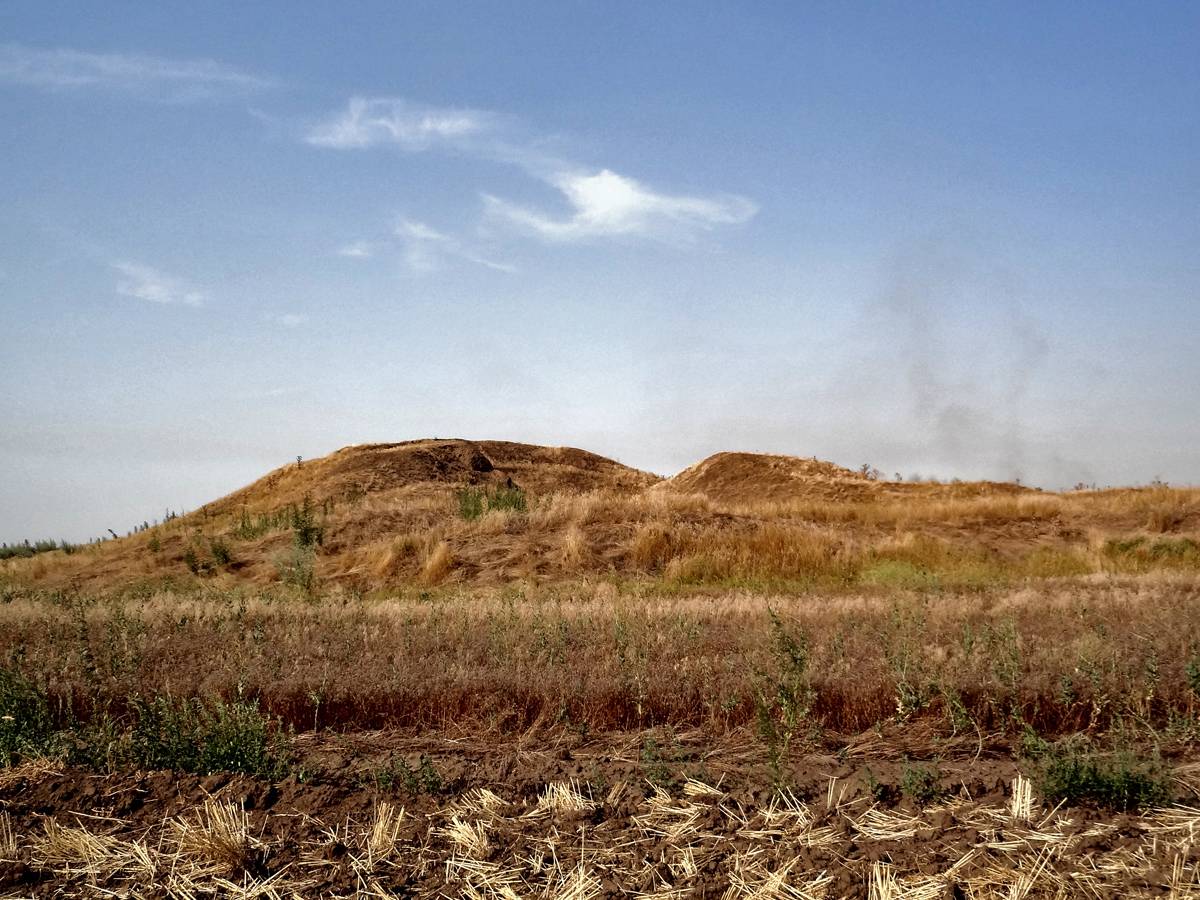
About Solokha Kurgan
The Solokha Kurgan is a testament to the engineering skills of the Scythians. The mound, originally towering at 20 meters in height, covers a large tomb chamber. The chamber itself was constructed using large timber logs, creating a secure and well-preserved burial space. The kurgan’s size and construction methods indicate the significant effort invested in the burial of a prominent individual.
Within the tomb, archaeologists found a central burial chamber and several side chambers. These chambers housed the remains of the deceased and a trove of grave goods. The artifacts included finely crafted gold jewelry, richly decorated weapons, and imported luxury items. These suggest extensive trade connections and the wealth of the Scythian elite.
The construction materials for the kurgan were locally sourced. The Scythians utilized earth, stone, and timber, materials readily available in the steppe environment. The mound was built up in layers, with the earth covering the wooden chamber to form the kurgan’s distinctive shape. This method of construction was common among nomadic cultures of the time.
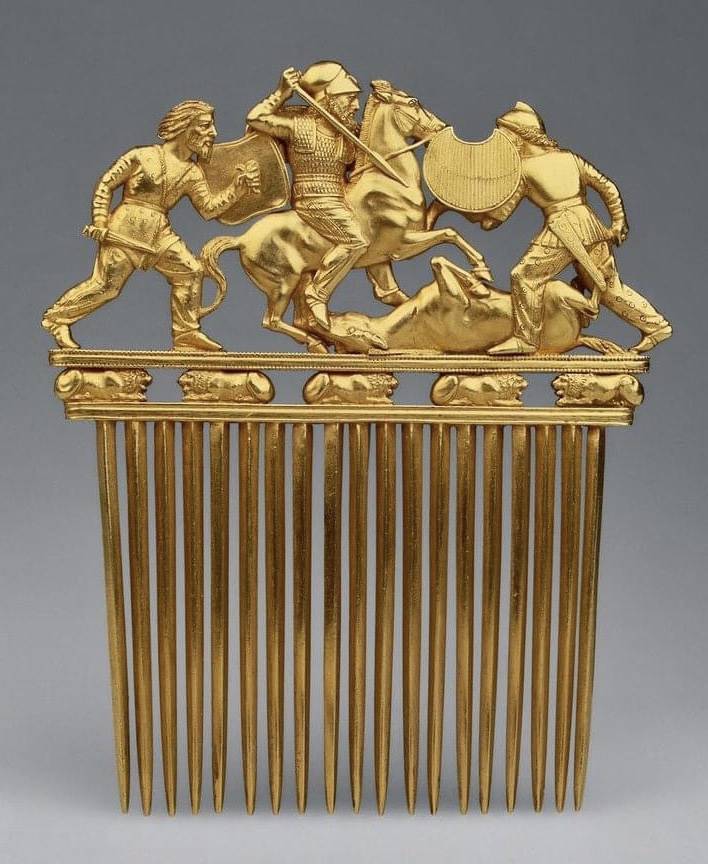
Architectural highlights of the Solokha Kurgan include the intricate woodwork of the burial chamber and the stonework that may have surrounded the base of the mound. The craftsmanship displayed in the construction and the artifacts within speaks to a sophisticated culture with advanced artisanal skills.
The preservation of the Solokha Kurgan is remarkable. The dry steppe climate and the mound’s construction helped protect the burial chamber from the elements. As a result, the artifacts remained in excellent condition, providing a clear window into Scythian art and society.
Theories and Interpretations
Several theories exist about the use and significance of the Solokha Kurgan. Most scholars agree that it served as a burial site for a person of high status. The lavish grave goods suggest that it could be a royal tomb. The presence of both male and female items in the burial complicates the understanding of who exactly was interred there.
The mysteries of the Solokha Kurgan extend to the symbolic meaning of the artifacts found within. Some interpretations suggest that the items represent a cosmological view of the world, with motifs symbolizing the Scythian belief system. The animal art, particularly, is thought to reflect shamanistic practices.
Matching the kurgan to historical records is challenging due to the lack of written documentation from the Scythians themselves. Historians rely on accounts from neighboring civilizations, like the Greeks and Persians, to piece together the Scythian way of life. The Solokha Kurgan provides direct evidence to support or challenge these external accounts.
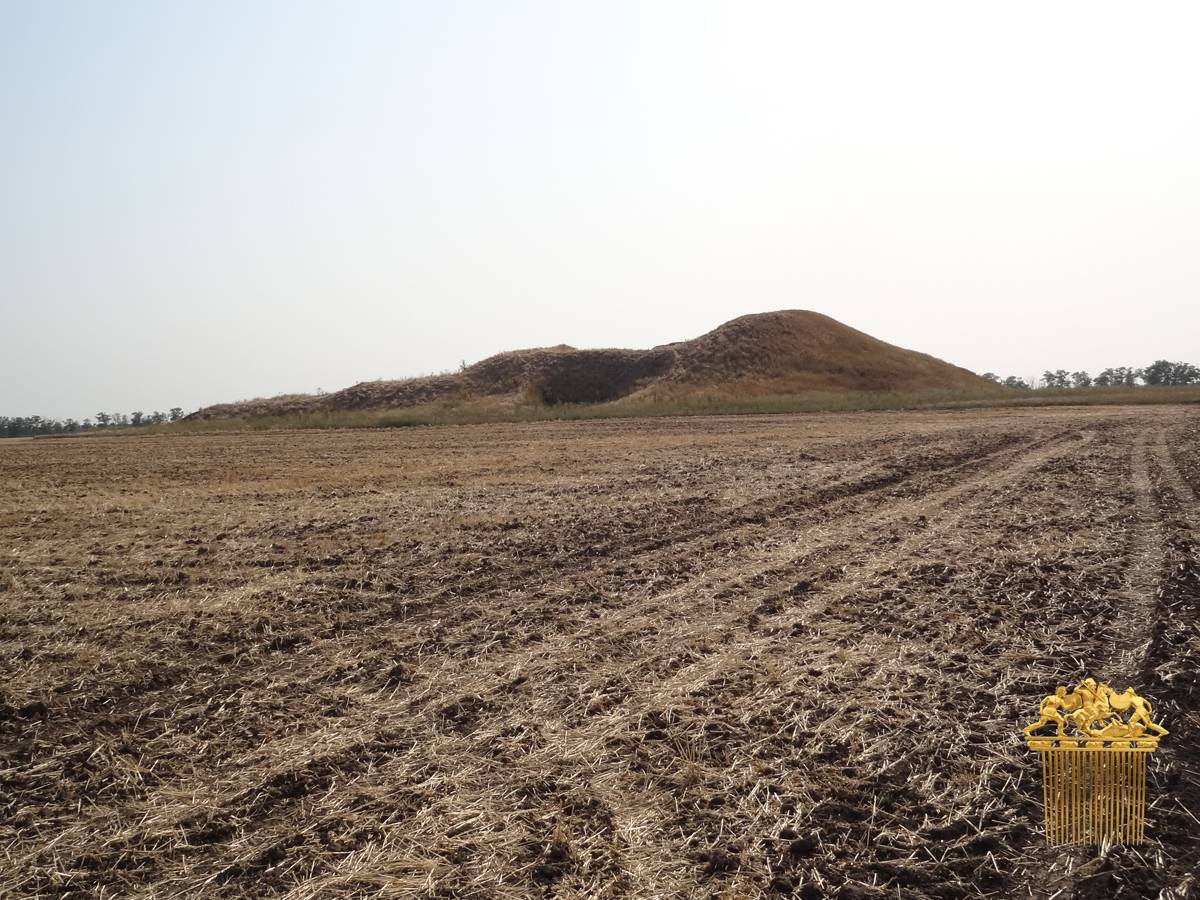
Dating of the Solokha Kurgan has been carried out using typological analysis of the artifacts and stratigraphy. These methods have placed the kurgan in the 4th century BC. However, precise dating techniques like radiocarbon dating have not been widely reported in the literature, leaving some room for debate on the exact age of the kurgan.
The interpretations of the Solokha Kurgan continue to evolve as new research sheds light on the Scythians. Each artifact offers a clue to the complex society that once dominated the Eurasian steppes. The kurgan remains a focal point for understanding the intersection of art, culture, and burial practices in the ancient world.
At a glance
- Country: Ukraine
- Civilization: Scythian
- Age: 4th century BC

